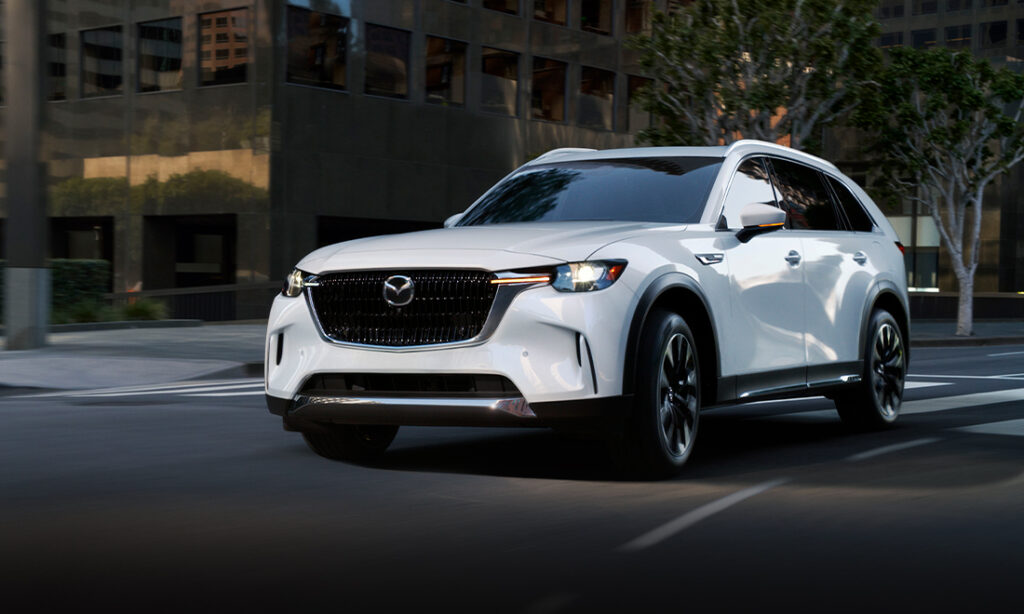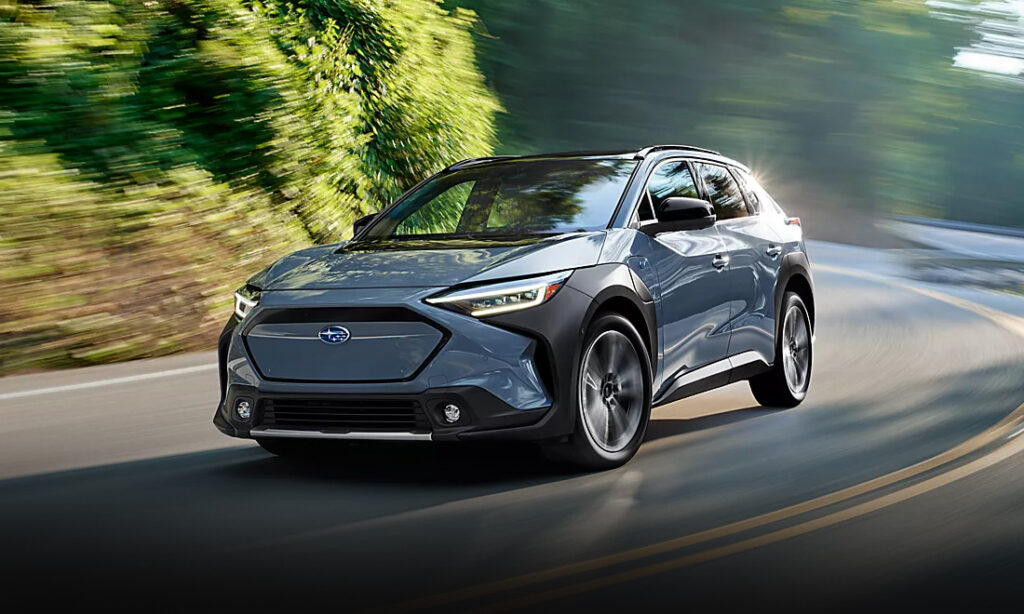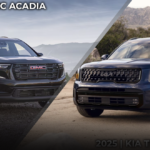The Greenest Car of 2024 Isn’t an EV
Cars keep getting better at reducing their carbon footprints, but it might surprise you that the greenest car of 2024 isn’t an EV.
Grading the Greenest
Whether you’re all-in on the electric revolution or you remain firm that nothing can completely replace the sounds, smells, and feel of internal combustion, it’s undeniable that the general shift across the auto industry has been toward greater efficiency and fewer emissions. In general, cars have been getting cleaner, from the mining and refining of raw materials to final assembly to eventual daily operation.
It’s important to keep the entire lifecycle of a vehicle in mind when evaluating its “greenness.” That’s because some supposedly “green” vehicles don’t manage to be so, either in their construction or in their operation. Vehicles like the GMC Hummer EV might not have tailpipes, but they are heavy, require a lot of electricity to operate, and their massive battery-packs are carbon intensive to build. For the average car buyer seeking to limit their transportation-related carbon footprint, what the actual greenest option is not always clear.
We recently got a big dose clarity on the subject of “green” vehicles from the environmentalist think-tank the American Council for an Energy-Efficient Economy. Their researchers evaluated vehicles, including gas-powered, hybrids, and full-EVs, based on their “cost to human health from air pollution associated with vehicle manufacturing and disposal, the production and distribution of fuel or electricity, and vehicle tailpipe emissions.” Their conclusions were illuminating, and in some prominent cases, quite surprising.
Greenest Vehicles of 2024
Toyota Prius Prime
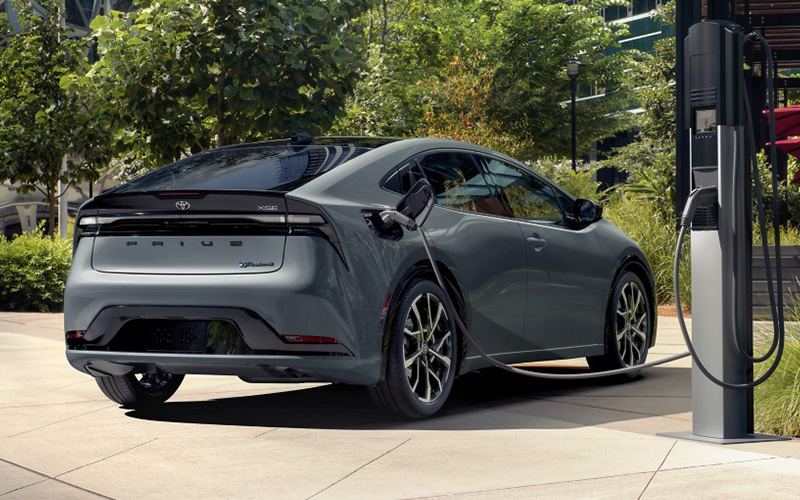
According to ACEEE’s evaluation, the greenest vehicle is a 2024 Toyota Prius Prime. That’s right, the greenest vehicle on the market in 2024 isn’t an EV, it’s a plug-in hybrid electric vehicle (PHEV). In case you haven’t heard, Toyota flipped the script with the all-new Prius. No longer is the stalwart hybrid a pocket-protector-on-wheels. Instead, the 2024 Prius looks as sharp and slick as anything on the road. The looks might be reimagined but the Prius’ devotion to efficiency remains stronger than ever. The Prius Prime pairs a 2.0L four-cylinder gas-engine with two electric motors for a combined 220 horsepower, up to 44 miles of electric-only driving before the gas engine kicks in, and an EPA rating of 50 city / 47 highway mpg. The modern and highly efficient Toyota Prius Prime made the top three on our list of the top compact cars of 2024. The Prius Prime SE starts at $34,070.
Lexus RZ 300e

Of course, EVs feature prominently on this list of greenest vehicles, starting with the Lexus RZ 300e. This all-electric crossover is offered in two flavors, the front-wheel drive 300e with 201 horsepower and then a more powerful all-wheel drive RZ 450e with 308 horsepower. The latter did not make ACEEE’s list, presumably because it carries a larger battery pack. The more efficient 300e version is capable of up to 115 MPGe (miles per gallon equivalent) and 266 miles of range. The Lexus RZ 300e starts at $55,150.
Mini Cooper SE
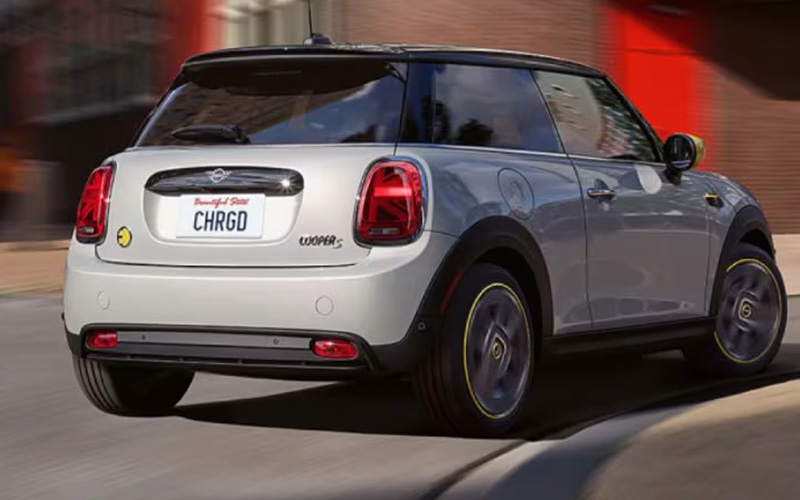
Next on the list of greenest vehicles is the Mini Cooper SE with its electric-only powertrain. It is powered by a 28-kWh battery good for 181 horsepower and up to 110 MPGe. This electric Mini only offers 110 miles of range, making it more of an urban runabout than a highway hauler. The Mini Cooper SE starts at $31,895.
Nissan Leaf
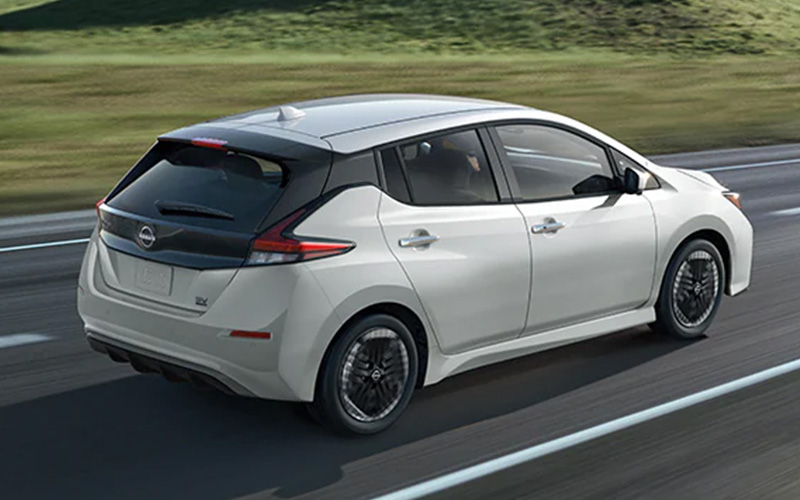
The 2024 Nissan Leaf is one of the most affordable EVs on the market today. It’s also one of the greenest as well. The Leaf is offered in two trims, the S and SV. The Leaf S carries a 40-kWh battery capable of 147 horsepower, 111 MPGe, and up to 149 miles of range. The Leaf SV doesn’t make the list of greenest vehicles thanks to its larger 62-kWh battery pack (with 214 horsepower and 109 miles of range). The Nissan Leaf starts at just $29,280.
Toyota bZ4x
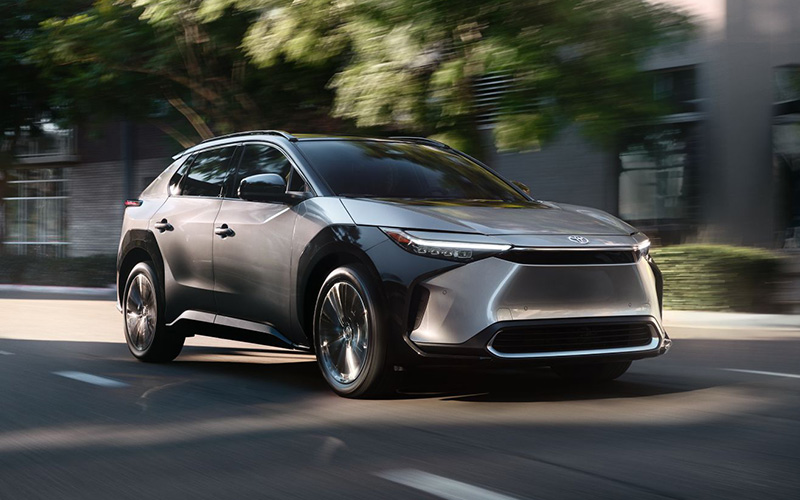
Toyota currently has one full-EV in their line-up, the bZ4x which utilizes the same basic architecture as the Lexus RZ from above. The bZ4x runs on a 63.4-kWh battery making 201 horsepower and offering between 242 and 252 miles of range, depending on the trim selected. The dual-motor AWD version uses a 65.5-kWh battery and makes 215 horsepower. The Toyota bZ4x starts at $42,000.
Toyota RAV4 Prime
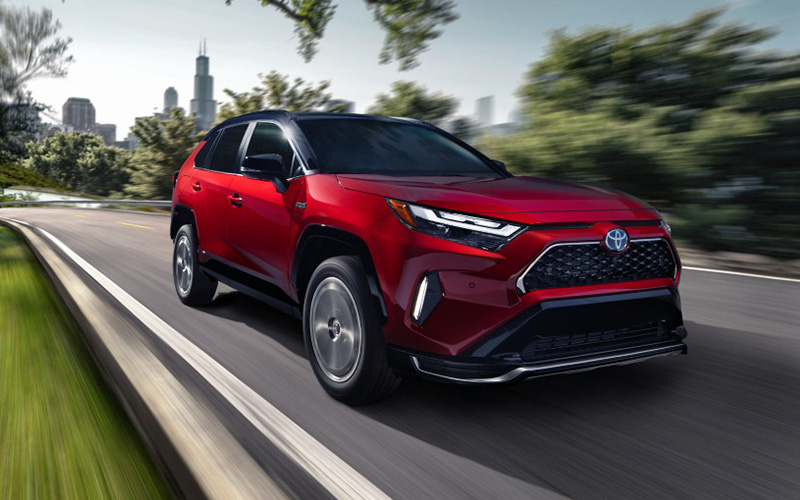
The Prius isn’t the only Toyota to get a PHEV powertrain, their best-selling compact crossover, the RAV4 also offers the best of both propulsion worlds with the RAV4 Prime. The RAV4 Prime pairs a 2.5L four-cylinder with two electric motors for 302 horsepower, up to 44 miles of electric-only range, and 38 mpg / 94 MPGe. The Toyota RAV4 Prime starts at $45,040.
Greenest Non-EV/PHEVs
As we noted above, not everyone is ready to make the jump to plugging in their car at night. But that doesn’t mean you can’t find highly efficient “green” vehicles.
Honda Accord Hybrid
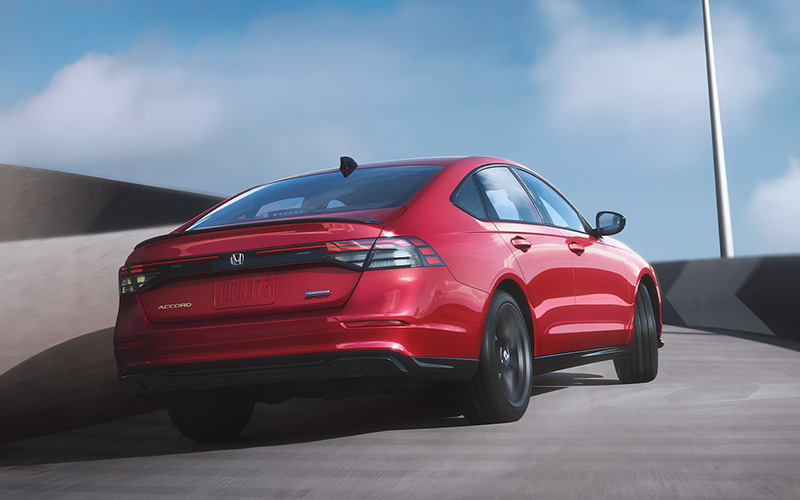
As if the deck weren’t already stacked in the Accord’s favor, the best mid-size sedan also happens to have an incredibly efficient hybrid version. It marries a 2.0L four-cylinder with two electric motors for 204 horsepower and 48 mpg combined. And then there’s all the rest of what makes the Accord great: killer styling, the latest safety and infotainment tech, and a spacious, comfortable interior. The Honda Accord Hybrid starts at $32,895.
Kia Niro Hybrid

The Kia’s Niro subcompact crossover offers three powertrains, a full EV, a PHEV, and a traditional hybrid. That last version is among the greenest hybrid set ups out there, a 1.6L four-cylinder in tandem with an electric motor making 139 horsepower and getting up to 53 mpg city. The Kia Niro hybrid starts at just $28,315.
Mitsubishi Mirage

The budget-friendly Mitsubishi Mirage is the greenest gas-only vehicle you can buy in 2024. That’s because it’s powered by a diminutive 1.2L three-cylinder engine making just 78 horsepower. Power is the necessary sacrifice for the Mirage’s laudable 36 city / 46 highway mpg. The Mitsubishi Mirage starts at the low, low price of just $18,015.


